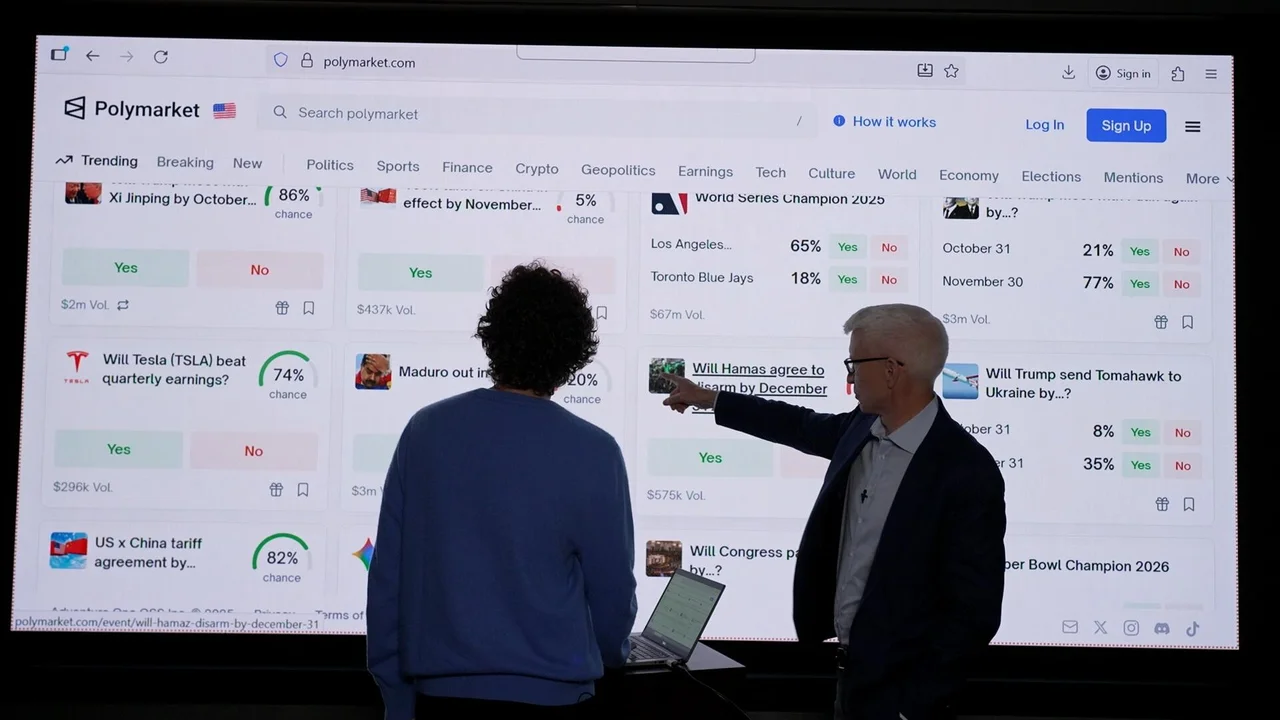Chaos Theory: How Startups Can Benefit from Short-Term Thinking

In nature, chaos isn’t the enemy, it’s how ecosystems adapt. A small shift in wind can redirect a hurricane. A minor mutation can reshape evolution. In business, chaos plays a similar role. For founders, it’s often the unexpected turns, the lost funding round, the sudden pivot, the last-minute product change that lead to real breakthroughs.
This is the essence of chaos theory applied to entrepreneurship: small, seemingly random events can create large and unpredictable outcomes. And when startups embrace this reality, especially through short-term thinking, they can unlock a surprising edge.
Why chaos isn’t a bug but a feature
In physics, chaos theory describes systems so sensitive to initial conditions that tiny variations can lead to big differences in results, the famous butterfly effect. Startups live in this kind of environment every day. A single tweet from a user can trigger virality. A line of code can crash a system, or create a new feature.
Traditional business theory often preaches long-term vision and stability. But for founders, short-term adaptability, the ability to make fast, context-based decisions, is what ensures survival.
In the HBR article “Your Strategy Should Be a Hypothesis You Constantly Adjust”, Edmondson & Verdin argue that companies should treat strategy as a hypothesis that must be tested and adapted in uncertain environments.
In this way, chaos isn’t something to manage, it’s something to leverage.
Short-term thinking as a survival mechanism
For early-stage startups, short-term thinking isn’t about neglecting the future, it’s about buying time to reach it. When resources are limited, founders can’t afford grand long-term plans. Instead, they must optimize for learning velocity - how fast they can test, fail, and iterate.
The lean startup methodology embodies this approach. It teaches founders to build minimum viable products, gather feedback, and adjust. The focus isn’t perfection but to keep moving.
This mindset is evident in SpaceX’s iterative engineering culture. Rather than waiting years to perfect its Starship rocket, the company tests early, fails often, and learns from each explosion. As Elon Musk sees it, “Rapid unscheduled disassembly” isn’t failure, it’s feedback.
Short-term experimentation creates long-term resilience. It turns chaos into compounding learning.
When plans fail; innovation emerges
Lack of funding often forces startups into what seems like chaos. But scarcity has a strange way of sharpening focus.
During the 2008 financial crisis, Airbnb was on the brink of collapse. Investors were uninterested. Cash was tight. To survive, the founders started selling cereal boxes branded after U.S. presidential candidates — Obama O’s and Cap’n McCain’s. The stunt earned them just enough money and media attention to stay afloat. That short-term, almost absurd idea became the bridge to long-term success.
Similarly, when Netflix faced a sudden drop in DVD rentals in the mid-2000s, it didn’t double down on its existing model. Instead, it pivoted toward streaming, a decision made under pressure and uncertainty. The shift looked chaotic at the time but became one of the most successful transformations in business history.
In both cases, chaos spurred creativity.
The myth of the perfect plan
Founders often imagine that successful startups begin with perfect foresight, a linear path from idea to IPO. But in reality, most founders stumble into their eventual direction through a series of rapid, chaotic course corrections.
Andy Johns, a former growth leader at Facebook and Wealthfront, notes that startups stop growing when they stop experimenting. The best teams don’t cling to a master plan, they adapt faster than competitors can copy.
How Founders Can Apply Short-Term Chaos Thinking
- Think in hypotheses, not rigid plans.
Forget the 12-month roadmap, the world changes too fast for that. Instead, approach your business like a series of experiments. Every growth strategy, pricing model, or marketing campaign is a hypothesis to be tested. Define what you’re trying to prove (“If we shorten onboarding, conversion will rise”), how you’ll measure it, and when you’ll pivot if the data disagrees. This mindset keeps you flexible and data-driven.
Example: When Airbnb struggled in its early days, the founders ran constant experiments, from improving photos to testing pricing, until they found what truly moved bookings. Each small test taught them more than any long-term plan could.
- Reduce decision friction.
Speed is an underrated advantage. As Jeff Bezos puts it, most decisions should be made with “about 70% of the information you wish you had.” Waiting for perfect data often means you’ve already lost momentum. Make small, reversible decisions quickly, and save the deep deliberation for the ones that can’t easily be undone (like hiring a cofounder or changing your business model).
Example: At Amazon, teams operate with a “two-way door” mindset, if a decision can be reversed, they move fast. That’s how they experiment at scale without paralysis.
- Create micro-feedback loops.
The longer you wait for feedback, the higher the risk of building the wrong thing. Instead, shorten the loop between action and insight. Ship small updates, get real user reactions, and iterate rapidly. Every cycle of feedback reduces uncertainty and increases your odds of hitting the mark.
Example: Dropbox’s original product demo was a simple video that tested interest before the product even existed. The overwhelming response validated demand, saving months of wasted development.
- Design for adaptability.
Structure your team and processes for change, not comfort. Keep teams small, cross-functional, and empowered to make local decisions. Avoid silos that slow communication and innovation. A team that can shift direction in days, not quarters, thrives in chaotic markets.
Example: Spotify’s “squad” model gives small, autonomous teams ownership over features, allowing them to adapt fast as user needs evolve.
These aren’t hacks, they’re habits that help founders harness chaos instead of being consumed by it.
Conclusion: Chaos as a competitive advantage
Chaos isn’t the opposite of order, it’s the path to it. For startups, chaos theory isn’t a metaphor; it’s a management strategy. It teaches founders that stability is often an illusion and that adaptability is the only true constant.
The founders who embrace chaos don’t just survive the storm; they learn how to ride it. And in doing so, they discover what every resilient system, from nature to business, already knows: disorder isn’t the end of the story. It’s where new ones begin.
Read - Do More With Less; The Upside of A Building With A Tight Budget

square.jpg)










